Ellipticals & Knee Health: The Science of Low-Impact Protection
/0 Comments/in Blog, Exercise Equipment, HOT NEWS, NEWSMyth Busting: Ellipticals Don’t Hurt Knees—It’s About "Type"
The idea that “ellipticals damage knees” comes from misunderstanding. Only traditional gym models (fixed-stride, steep trajectories) risk strain—they force unnatural knee positions (over-extend/flex) and make knees bear 1.2–1.5x body weight. Low-impact ellipticals (under-desk types) fix this, becoming knee-protective tools for home use. For example, models like HARISON HR-304/HR-305 are designed around low-impact principles, avoiding the flaws of gym ellipticals.
Core Science: 3 Reasons Low-Impact Ellipticals Protect Knees
The knee’s weak spots are articular cartilage (cushions bones) and menisci (stabilizes joint). Low-impact models shield them via:
1.Seated Posture Cuts Load: Sitting reduces knee weight-bearing to 33–50% of standing (vs. 100% for gym ellipticals), staying under cartilage’s safe pressure limit (1.5x body weight). Thigh-calf angle (90°–120°) keeps ligaments (ACL/PCL) relaxed—HARISON’s under-desk design ensures this seated comfort.
2.Natural Trajectory: Shallow oval motion copies walking (heel→sole→toe), no sudden shifts/jolts. This cuts knee pressure by 30% vs. traditional models (per sports science studies). HARISON’s magnetic control system keeps trajectories smooth, reinforcing this protection.
3.Dual-Direction Pedaling: Forward targets quads (thigh front), reverse hits hamstrings (thigh back). Balancing these muscles fixes “strong quads/weak hamstrings” (a top cause of kneecap pain), keeping knees aligned. Both HR-304 and HR-305 support dual-direction use for this balance.
Practical Guide: Safe Use by Group
1.Sedentary Healthy Adults: 15–20 mins/day, 4–5x/week (resistance 3–5). Choose models like HR-304 (12 adjustable resistance levels) for gradual progression. Sit straight, feet flat—avoid lifting heels. Build to 25–30 mins over 2–3 weeks.
2.Mild Knee Discomfort: 10 mins/day, 3x/week (resistance 1–2). HR-304’s low-resistance settings are ideal here. Stop if sharp pain; add 5 mins/week if no soreness.
3.Seniors/Post-Rehab: Opt for wide-pedal models like HR-305 (15cm pedals) with remotes (no bending). 5–8 mins/day, 2–3x/week (resistance 1). Warm up with leg swings; follow therapist advice for post-op use.
Conclusion
Ellipticals don’t hurt knees—choosing low-impact (under-desk) models and using them right is key. Their seated design, natural trajectory, and dual motion protect cartilage/ligaments, making them ideal for home users. Models like HARISON HR-304/HR-305 turn these science-backed principles into practical design, letting you stay active without joint risk—proving “exercise and knee safety” can coexist.
People Also Ask
Can people with knee effusion use under-desk ellipticals?
Consult a doctor first. For mild, recovering effusion, use low resistance (1–2, like HR-304’s lowest setting) for <10 mins/session to boost circulation. Severe effusion needs treatment first.
Will daily use cause knee "overuse"?
20–30 mins/day (resistance 4–6) is safe for healthy users. Pair with 1–2 rest days/week—models like HR-305’s auto programs (P1-P12) help avoid overtraining by controlling duration.
Are under-desk ellipticals quiet for offices?
Yes—most (including HR-304/HR-305) use magnetic control, keeping noise <15dB (library-level). No disturbance to colleagues.
Do I need assembly for home use?
Many low-impact models (like HR-304) are 100% pre-assembled—unbox and use. HR-305 needs only 20 mins of simple setup, no complex tools.
Can they replace knee rehab exercises?
No, but they can help recovery. After professional rehab (e.g., straight leg raises), HR-305’s gentle motion helps maintain muscle strength without straining joints.

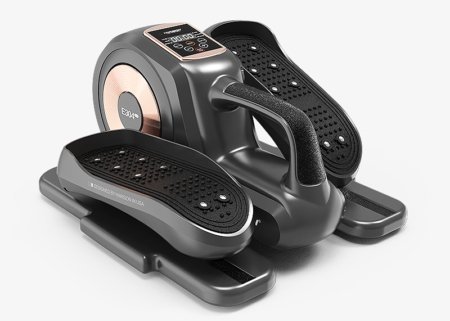
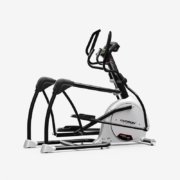
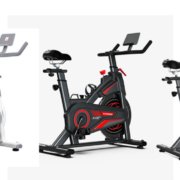


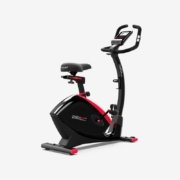

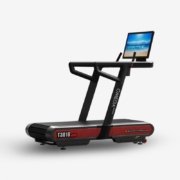








Leave a Reply
Want to join the discussion?Feel free to contribute!